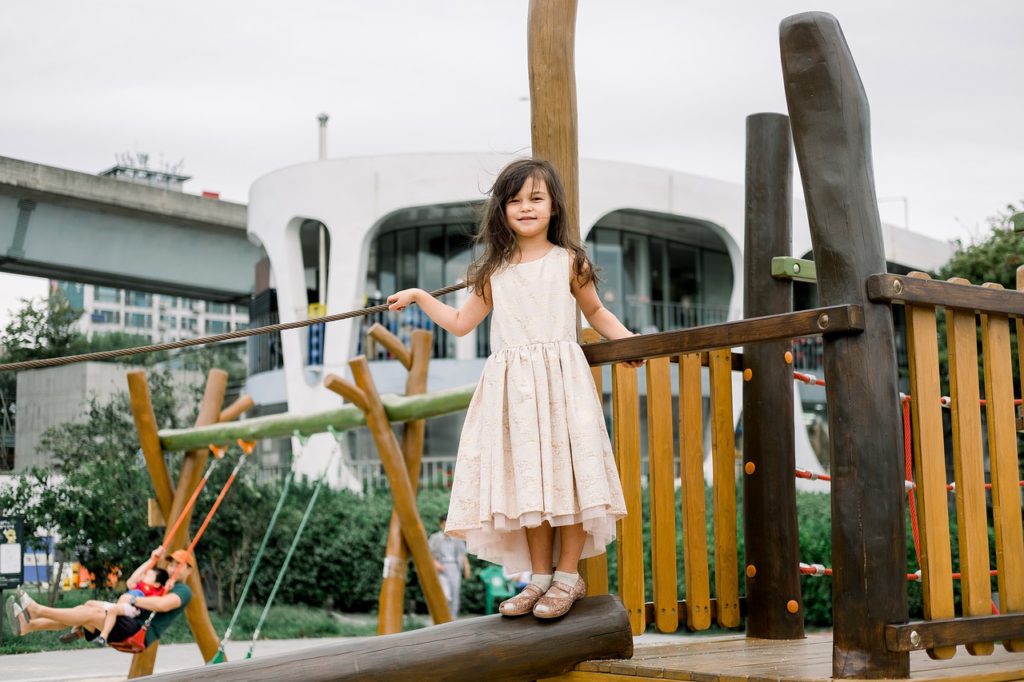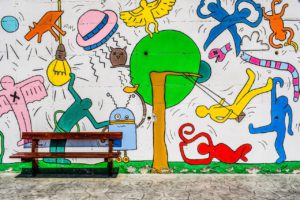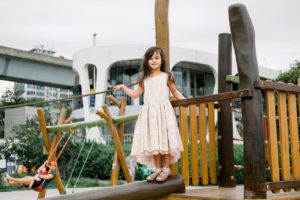Creative Play and Expression

The sight of children clambering over outdoor playground equipment reminds us how important physical spaces are for sparking imagination and exploration. In a different way, colour contact lenses open up new possibilities for personal transformation, offering an easy and dramatic way to alter one’s appearance. Meanwhile, yellow contact lenses take creativity even further, helping to complete fantastical or theatrical looks for parties, performances, and cosplay. Whether through physical adventure or visual reinvention, creative play and expression remain essential outlets for both joy and growth.
Creative play is one of the first forms of learning. For children, the playground serves as a landscape where they test limits, invent worlds, and build social bonds. A slide becomes a portal to another planet; a climbing frame transforms into a castle tower under siege. With each swing, jump, and dash, children craft stories and scenarios fueled by imagination.
This early form of storytelling doesn’t disappear with age—it simply changes form. As we grow older, self-expression often shifts into different creative outlets, from art and writing to fashion and performance. Tools like costume accessories or makeup, including bold contact lenses, allow teens and adults to step into characters, experiment with identity, and tap back into that same wellspring of imaginative play.
Outdoor environments, especially well-designed playgrounds, are crucial in nurturing creativity. Modern playgrounds go far beyond basic slides and monkey bars. They often feature textured surfaces, sensory panels, musical elements, and climbing structures that invite open-ended play. These spaces encourage not just physical activity, but also emotional and cognitive development by allowing free exploration without rigid rules.

Similarly, accessories like colour contact lenses offer a canvas for personal creativity. Changing the colour or pattern of the eyes can be transformative, shifting an everyday look into something surreal, bold, or otherworldly. This kind of visual play invites people to step out of their ordinary roles and engage with fantasy, storytelling, and performance, whether for a costume party or just for fun.
Costume lenses, specifically designed for theatrical or holiday use, add even more drama. From reptilian slits to all-black voids, these lenses allow wearers to fully embody characters far removed from everyday life. Just as a playground allows children to pretend they’re scaling mountains or sailing pirate ships, costume elements allow adults to bring their creative visions vividly to life.
The psychological benefits of creative play and expression are profound. Play reduces stress, boosts problem-solving skills, and strengthens emotional resilience. It allows people to take risks, try new roles, and experiment with failure in a safe environment. This applies not only to children on playgrounds but to adults engaging in cosplay, art, or even bold fashion statements.
Another important aspect is the freedom to define your own narrative. In a playground, a simple structure can become whatever a child imagines it to be—there’s no one “right” way to play. Similarly, when crafting a costume or a creative look, there are no strict rules. A fairy doesn’t have to wear pink, a vampire doesn’t have to look scary. This freedom allows individuals to explore who they are—or who they could be—without boundaries.
The community also plays a important role in creative play. Children often form spontaneous groups on playgrounds, inventing games together and learning negotiation and cooperation. In costume culture, community gatherings such as conventions, parades, and themed events allow adults to share their creative expressions, connect over shared interests, and celebrate imagination collectively.
Safety, however, is always essential. Outdoor playgrounds must be designed with sturdy materials, safe heights, and soft ground coverings to minimise injury. In the world of costume accessories, particularly with items like contact lenses, safety means ensuring proper fit, sourcing from reputable providers, and following hygiene practices to protect eye health. Creativity should be empowering, not hazardous.
Accessibility is another area where both playgrounds and costume culture are evolving. More playgrounds are being designed to accommodate children of all abilities, with ramps, sensory elements, and adaptive equipment. Likewise, costume designers and retailers are expanding offerings to be more inclusive—designing for various body types, mobility needs, and sensory sensitivities.
Ultimately, creative play and expression are about connection—to self, to others, and to the wider world. They allow us to step outside our routines, experience wonders, and share stories in countless forms. Whether swinging across a playground pretending to be an explorer or slipping in a pair of vibrant lenses to step into a new character, these experiences enrich our lives.
In a world that often prioritises productivity and structure, making space for unstructured creativity is more important than ever. It nurtures empathy by allowing us to imagine different perspectives. It strengthens resilience by encouraging experimentation without fear of failure. And it fosters joy—a deep, satisfying joy that comes from pure self-expression.
Parents, teachers, and community leaders have a role to play in encouraging this spirit. Supporting creative spaces, providing resources, and celebrating imaginative efforts—whether they come from a child’s latest playground game or an adult’s intricate costume—helps build a culture where creativity is valued, not sidelined.
Likewise, individuals can prioritise creativity in their own lives. Exploring costume design, trying new styles, or engaging with outdoor play spaces are simple yet powerful ways to stay connected to that imaginative spirit. No matter your age, the impulse to create, explore, and play is something to be nurtured and celebrated.
At its heart, creative play is about possibility. It’s about seeing not just what is, but what could be. It’s about stepping into imagined worlds, building new ones, and transforming ourselves along the way. From the playgrounds of our youth to the costumes of adulthood, creativity invites us to keep dreaming—and to express those dreams boldly, colorfully, and joyfully.





